The Confined Thoughts: A Deep Dive into Charlotte Perkins Gilman’s "The Yellow Wallpaper"
Associated Articles: The Confined Thoughts: A Deep Dive into Charlotte Perkins Gilman’s "The Yellow Wallpaper"
Introduction
With nice pleasure, we are going to discover the intriguing subject associated to The Confined Thoughts: A Deep Dive into Charlotte Perkins Gilman’s "The Yellow Wallpaper". Let’s weave fascinating data and supply contemporary views to the readers.
Desk of Content material
The Confined Thoughts: A Deep Dive into Charlotte Perkins Gilman’s "The Yellow Wallpaper"

Charlotte Perkins Gilman’s "The Yellow Wallpaper," a chilling brief story printed in 1892, transcends its time to stay a potent and unsettling exploration of feminine identification, psychological sickness, and the oppressive constraints of patriarchal society. Greater than only a gothic story of confinement, it serves as a robust feminist critique, a searing indictment of the medical practices of the late Nineteenth century, and a haunting portrayal of a girl’s descent into insanity. The story’s enduring energy lies in its delicate but impactful narrative, its ambiguous symbolism, and its chillingly relatable depiction of a girl’s battle for self-expression and autonomy.
The narrator, unnamed all through the story, is prescribed "relaxation treatment" by her doctor husband, John, for what he diagnoses as "short-term nervous despair – a slight hysterical tendency." This prognosis, widespread on the time, reveals the restrictions of late Nineteenth-century medical understanding of girls’s psychological well being, usually attributing signs to inherent feminine weak spot moderately than acknowledging underlying social and psychological components. John, a seemingly caring however in the end controlling determine, restricts the narrator’s mental and artistic stimulation, forbidding her from writing – an exercise she clearly finds important to her well-being. This restriction, coupled together with her confinement to a dilapidated nursery room with unsettling yellow wallpaper, serves as a potent image of her suppressed creativity and stifled individuality.
The room itself turns into a personality within the story, a bodily manifestation of the narrator’s psychological and emotional state. The wallpaper, with its unsettling sample and light yellow hue, is a recurring motif, representing the oppressive societal constructions that confine and suffocate the narrator. Its repetitive sample mirrors the repetitive nature of her confinement and the monotonous routine imposed upon her by John. The narrator’s obsession with the wallpaper is just not merely a symptom of her sickness; it is a symbolic illustration of her battle to interrupt free from the confines of her prescribed position as a passive, obedient spouse. The wallpaper, initially a supply of annoyance, progressively turns into a focus of her fascination, in the end reworking into an emblem of her personal repressed self.
The story’s narrative construction is essential to its affect. The journal entries, ostensibly written as a therapeutic train, reveal the narrator’s gradual descent into insanity. Her language evolves all through the story, reflecting her deteriorating psychological state. Initially, her writing is comparatively coherent and rational, albeit tinged with frustration and a way of confinement. As her psychological state deteriorates, her writing turns into more and more fragmented, her observations more odd, and her language extra hallucinatory. This gradual unraveling creates a way of suspense and unease, pulling the reader deeper into the narrator’s subjective expertise.
The anomaly surrounding the narrator’s psychological state is a deliberate alternative by Gilman. The reader is left to query the character of her sickness, questioning whether or not it is a real psychological breakdown or a manifestation of her rise up in opposition to the restrictive societal norms imposed upon her. This ambiguity provides one other layer of complexity to the story, forcing the reader to confront the restrictions of medical diagnoses and the potential for societal pressures to contribute to psychological misery. The story challenges the reader to think about the likelihood that the narrator’s "insanity" is a rational response to an irrational scenario – a determined try and reclaim her company and assert her individuality in a world that seeks to silence her.
The character of John, the narrator’s husband and doctor, represents the patriarchal authority that perpetuates the narrator’s oppression. He’s portrayed as well-meaning, however his actions reveal a profound lack of expertise and empathy in the direction of his spouse’s wants. His dismissal of her inventive aspirations, his insistence on the remaining treatment, and his condescending angle in the direction of her psychological state all contribute to her deteriorating situation. He embodies the societal norms that confine girls to the home sphere, denying them mental stimulation and artistic expression. His position highlights the damaging penalties of medical paternalism and the silencing of girls’s voices.
The story’s ending is each stunning and ambiguous. The narrator’s ultimate act of "creeping" over her husband, symbolically escaping the confines of her jail, is open to interpretation. It may be seen as a triumph of the self, a breaking free from the constraints of patriarchal society, or a whole descent into insanity. This ambiguity reinforces the story’s central theme of the complicated interaction between psychological sickness, societal oppression, and the battle for self-expression. The reader is left to grapple with the narrator’s destiny, pondering the implications of her actions and the bigger societal points the story addresses.
Moreover, the story’s symbolism extends past the wallpaper and the narrator’s confinement. The nursery, an area historically related to childhood and innocence, turns into a jail, highlighting the infantilization of girls inside patriarchal constructions. The barred home windows, although not explicitly talked about as such, symbolize the restrictions positioned upon the narrator’s freedom and autonomy. The repetitive patterns within the wallpaper mirror the repetitive nature of the narrator’s life, trapped in a cycle of domesticity and mental suppression. Even the colour yellow, usually related to cheerfulness, takes on a sinister and oppressive high quality within the context of the story.
"The Yellow Wallpaper" is just not merely a historic artifact; it is a timeless exploration of the human situation. Its themes of confinement, oppression, and the battle for self-expression resonate deeply with readers immediately. The story’s enduring energy lies in its skill to evoke empathy for the narrator, to problem the reader’s assumptions about psychological sickness, and to impress vital reflection on the societal constructions that proceed to restrict girls’s autonomy and self-expression. Gilman’s masterful use of symbolism, narrative construction, and character improvement creates a haunting and unforgettable expertise, leaving the reader lengthy after the ultimate sentence with a lingering sense of unease and a renewed understanding of the significance of feminine autonomy and the devastating penalties of its denial.
The story’s legacy extends past literature. It has change into a staple in feminist research, girls’s well being discussions, and the vital evaluation of psychological well being practices. It serves as a stark reminder of the risks of medical paternalism and the significance of recognizing and addressing the social and psychological components that contribute to psychological sickness. "The Yellow Wallpaper" continues to impress dialogue and encourage motion, reminding us of the continued battle for gender equality and the vital want for empathetic and knowledgeable approaches to psychological healthcare. Its chilling energy lies not solely in its narrative but in addition in its enduring relevance to the continued combat for girls’s autonomy and psychological well being consciousness. The story’s unsettling imagery and ambiguous ending guarantee its place as a cornerstone of American literature and a strong testomony to the enduring energy and resilience of the human spirit within the face of oppression.
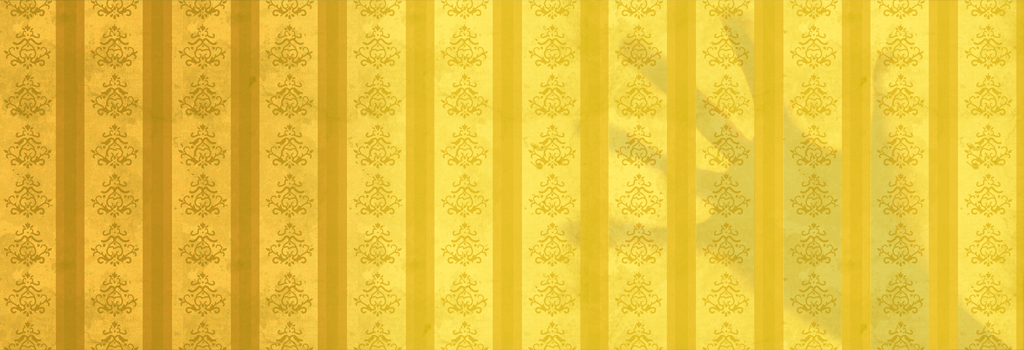
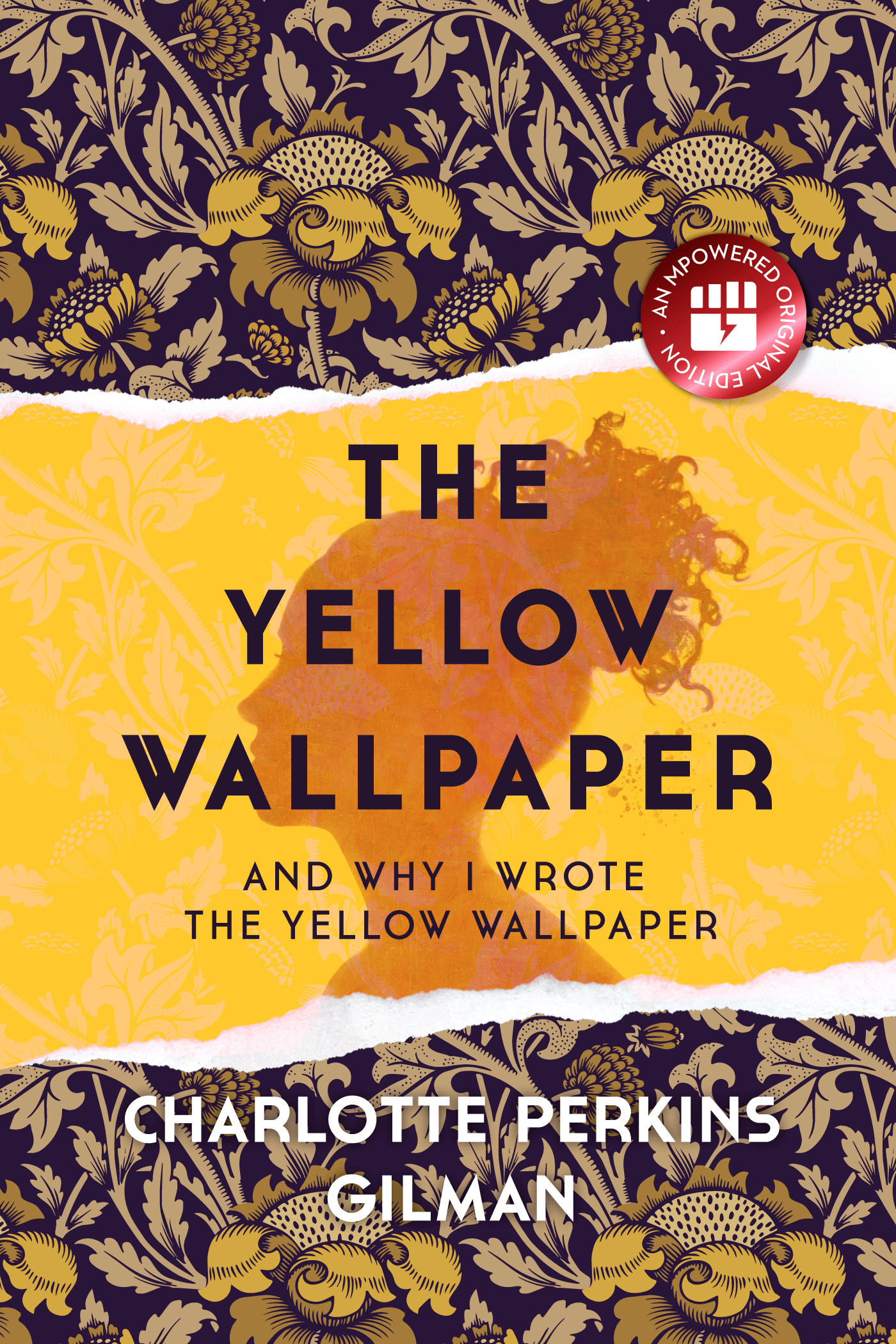


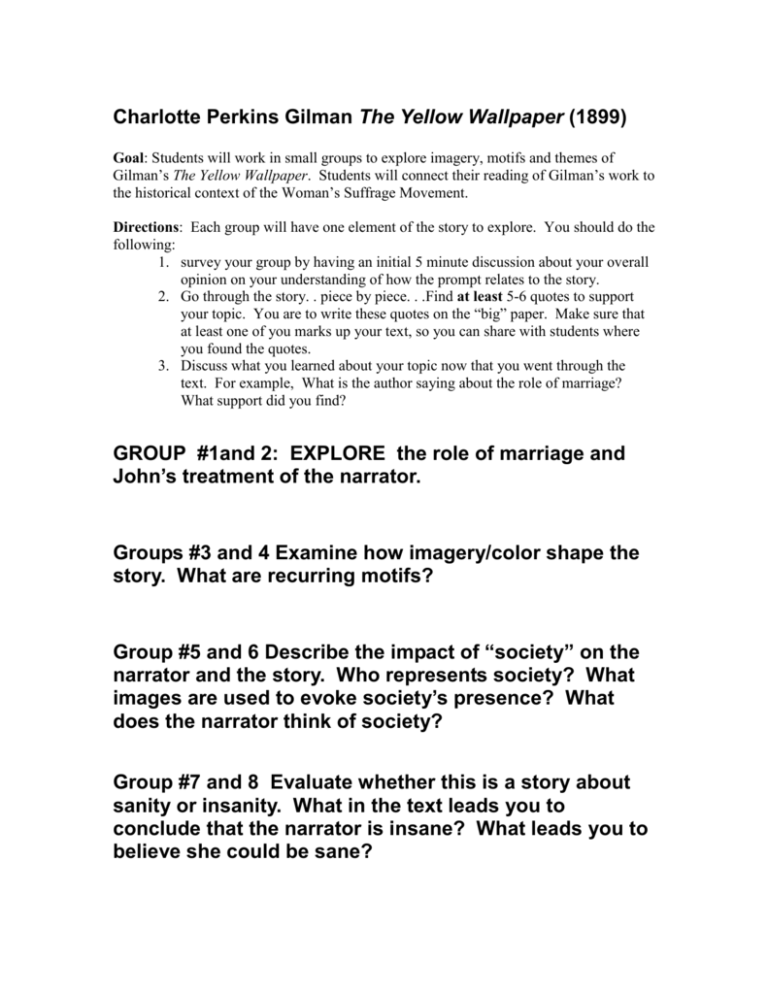

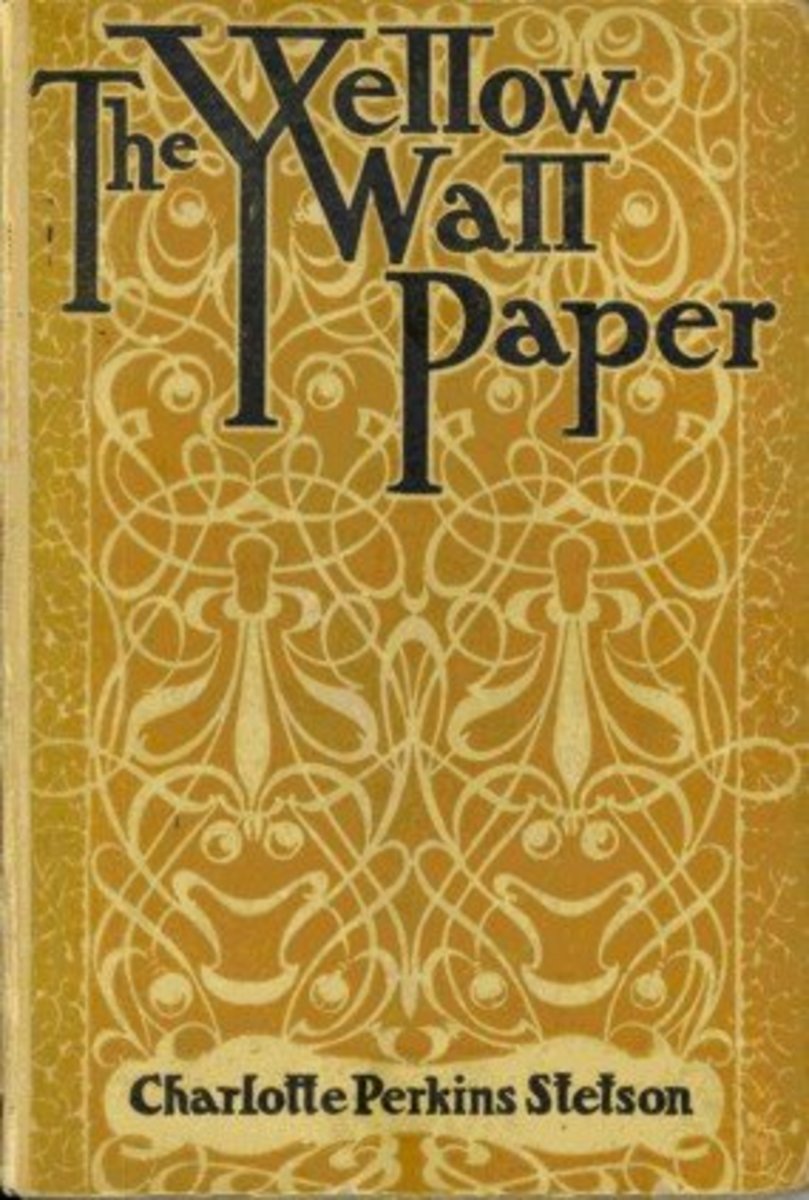
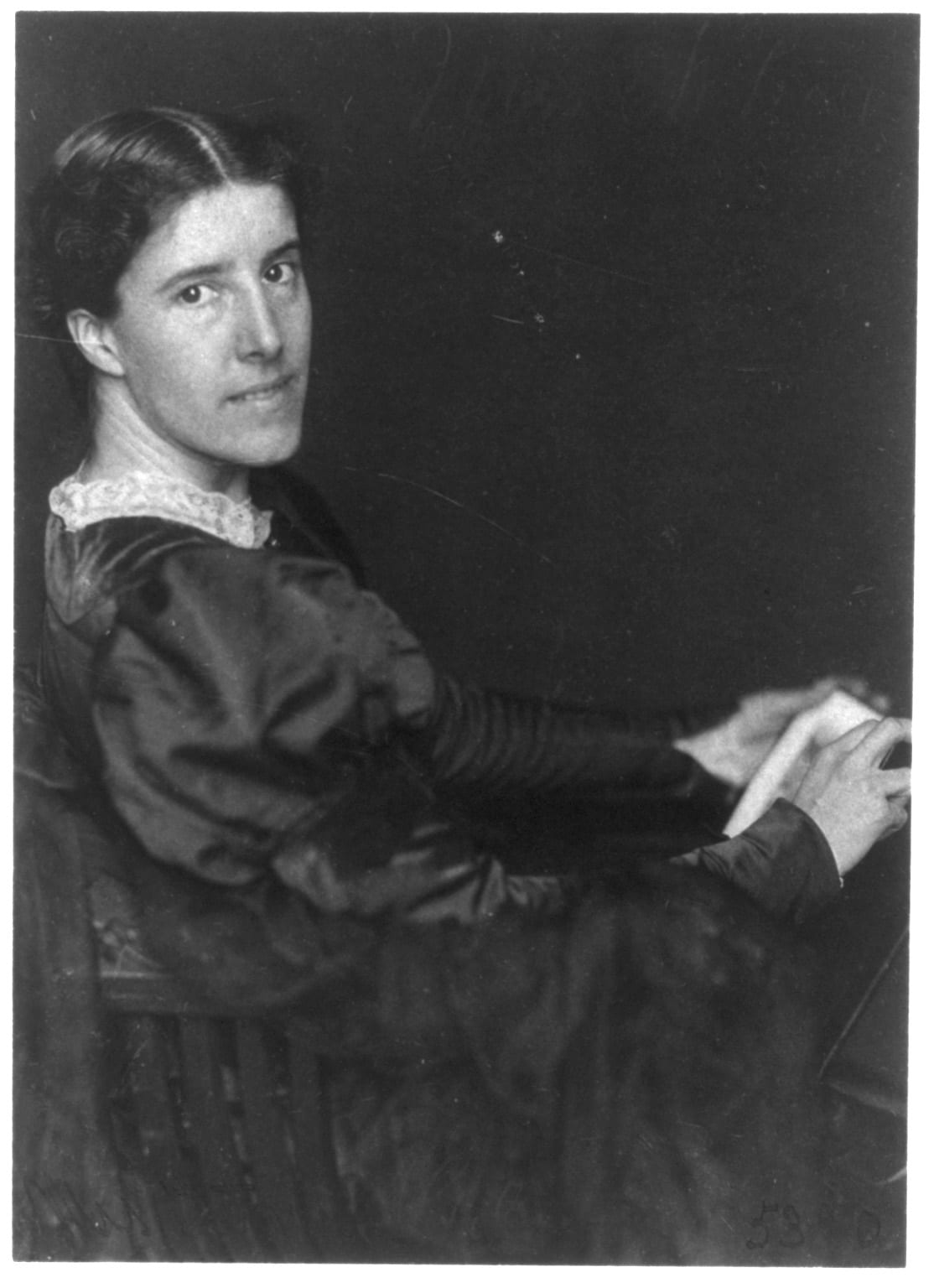
Closure
Thus, we hope this text has supplied invaluable insights into The Confined Thoughts: A Deep Dive into Charlotte Perkins Gilman’s "The Yellow Wallpaper". We hope you discover this text informative and helpful. See you in our subsequent article!